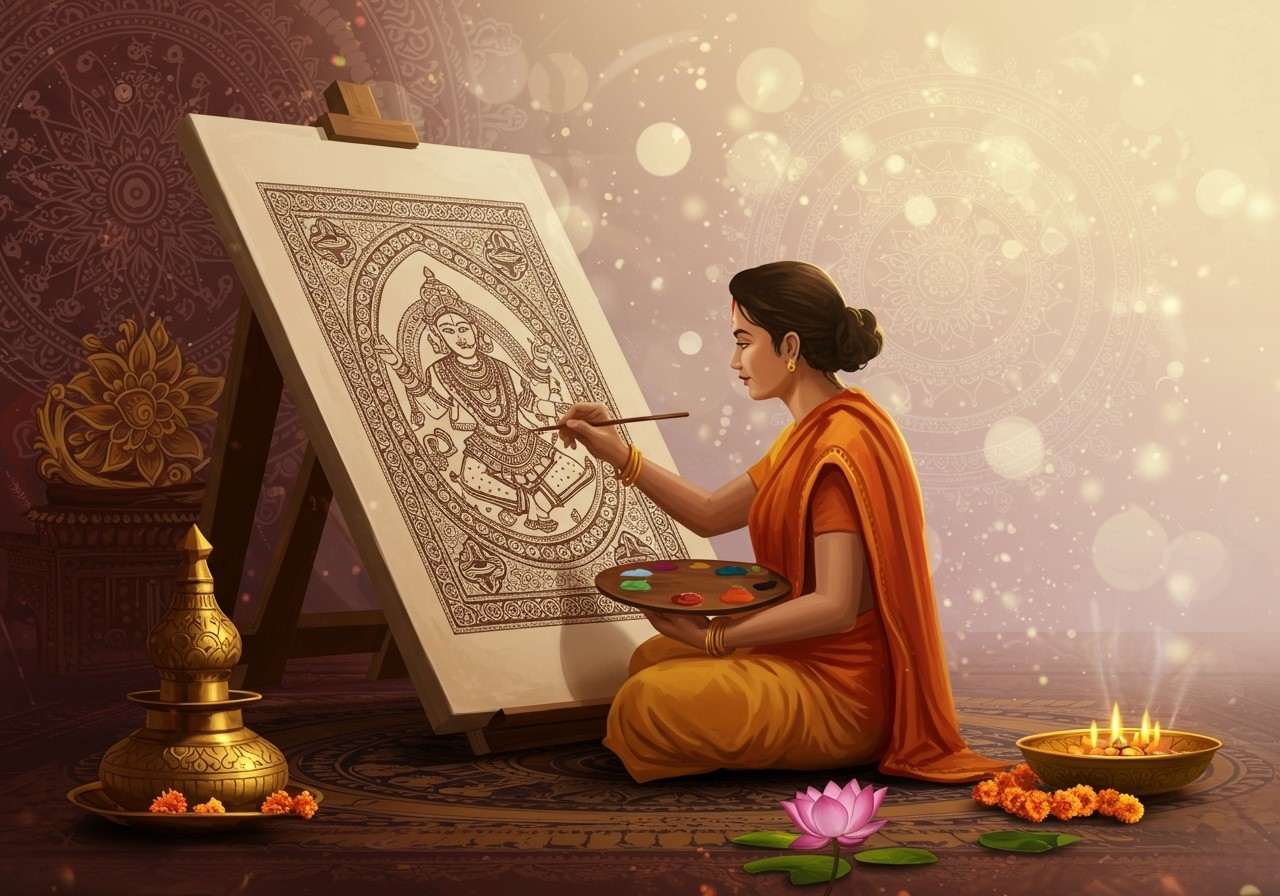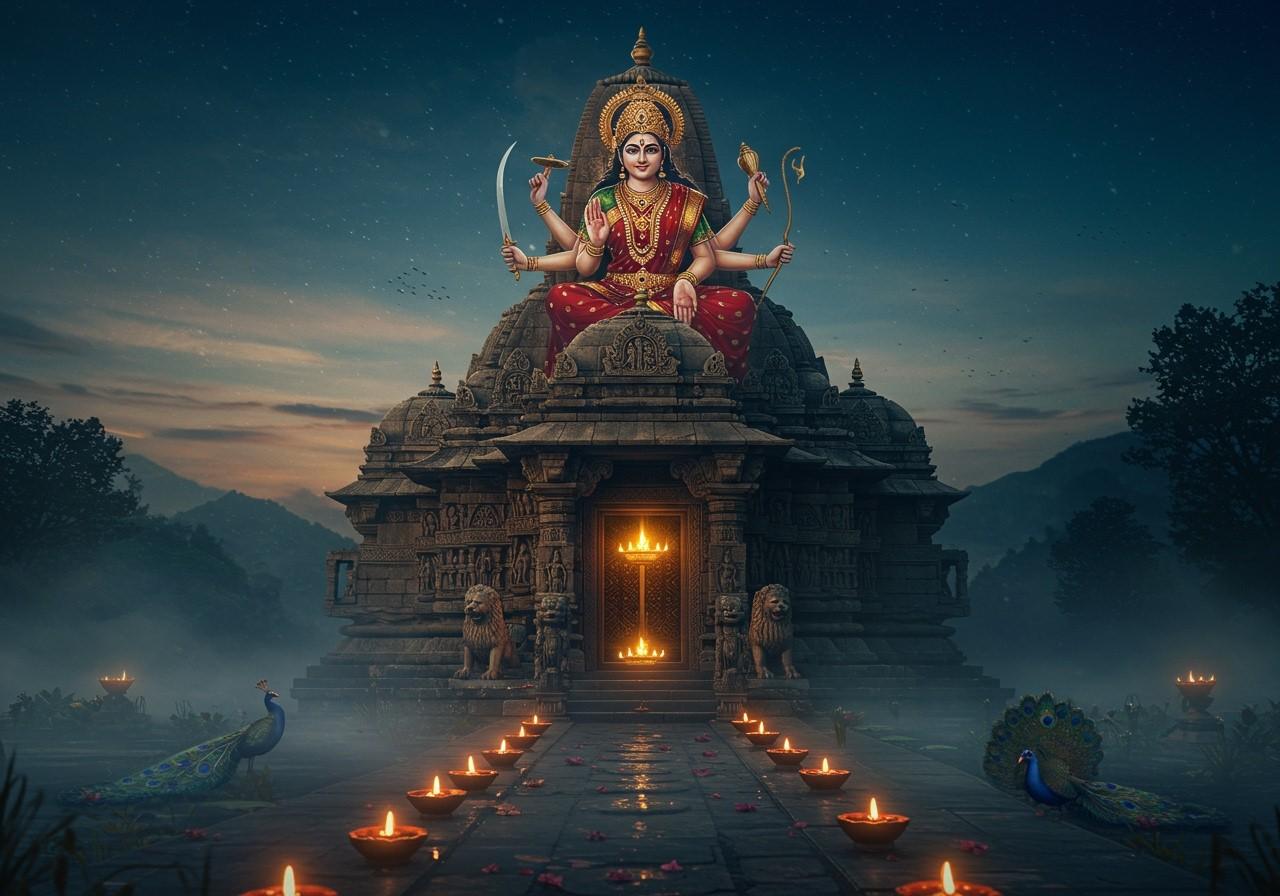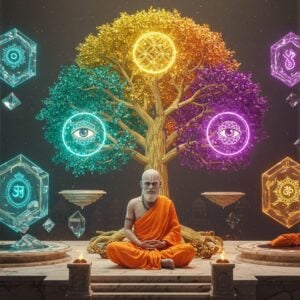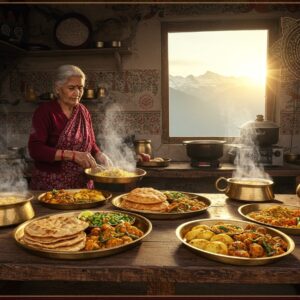
In the heart of Eastern India, in states like Odisha and West Bengal, there exists a vibrant and ancient art form that tells stories on cloth. This beautiful tradition is Pattachitra, a name that comes from the Sanskrit words ‘Patta’ (canvas) and ‘Chitra’ (picture). For over a thousand years, this scroll painting has been more than just art; it’s a way of passing down our sacred stories, our mythology, and our cultural values from one generation to the next. It’s a visual poetry that captures the soul of our traditions.
Let’s take a journey together to understand the intricate methods and deep-rooted traditions that make Pattachitra a timeless treasure of Indian heritage.

The Soul of Pattachitra: The Making Process
Creating a Pattachitra painting is a ritual in itself. Every step, from preparing the canvas to the final brushstroke, is done with immense care and devotion, using methods that have remained unchanged for centuries.
Preparing the Canvas (Patta): The Foundation of the Story
The journey begins not with paper, but with cloth. The artists, known as Chitrakars, use strips of cotton fabric as their canvas. This cloth is then lovingly prepared by coating it with a special paste—a mixture of chalk and gum derived from tamarind seeds. This process is repeated until a strong, leathery surface is created. The canvas is then polished with different stones, like the khaddar and chikana stones, making it perfectly smooth and ready to hold the colours for centuries to come.
The Colours of Nature: Painting with the Earth’s Palette
One of the most magical aspects of Pattachitra is its use of 100% natural colours. The artists create their own pigments from everyday minerals and plants, connecting each painting directly to nature.
- White is derived from powdered conch shells, giving it a divine purity.
- Black is made from the soot of a burning lamp, capturing the darkness of the night.
- Yellow and Red come from stones named haritali and hingal, echoing the colours of the earth.
- Other shades like blue from the indigo plant and brown from geru stone complete this organic palette. These colours aren’t just vibrant; they are alive with the essence of the world around us.
The Artist’s Brushstroke: Bringing Legends to Life
A true Chitrakar rarely uses a pencil for the initial drawing. With a steady hand and a heart full of stories, they draw the outlines directly onto the canvas with a fine brush using light red or yellow paint. Once the figures are sketched, the colours are filled in—a process called ‘Bharani’—starting with the lighter shades and moving to the darker ones. Finally, bold black outlines are added to give the characters and motifs a powerful definition. The intricate borders, filled with floral and geometric patterns, are a hallmark of this style, framing the central story beautifully.
To protect the masterpiece, a final layer of natural lacquer is applied. This not only makes the colours pop and gives the painting a lovely sheen but also protects it from moisture and dust, ensuring the story can be told for years to come.
Stories Painted on Cloth: The Rich Traditions of Pattachitra
Pattachitra is not just about technique; it’s about the soul-stirring stories it tells. This art form is deeply rooted in Hindu mythology, especially the traditions surrounding Lord Jagannath and Vaishnavism.
Themes from Our Epics and Mythology
The canvases are filled with depictions of our beloved deities and tales from our epics. You’ll often find paintings showcasing the life of Lord Krishna (Krishna Leela), the divine saga of Rama and Sita, and the powerful forms of Durga and Kali. However, the most beloved theme, especially in Odisha, is Lord Jagannath, his brother Balabhadra, and sister Subhadra. These paintings are a central part of the worship at the Puri temple.
More Than Just Art: A Sacred Role in Rituals
Originally, these paintings were created for pilgrims as sacred souvenirs from their visit to Puri. They also played a vital role in temple rituals. During the famous Rath Yatra festival, when the main deities are taken out of the temple, their Pattachitra paintings are worshipped inside the sanctum sanctorum. This highlights the deep spiritual importance of the art; it is considered a living form of the divine.

A Style That Speaks Volumes
The unique style of Pattachitra is instantly recognizable. It features bold, strong lines, intricate details, and a two-dimensional perspective. The characters often have elongated, expressive eyes that seem to convey a world of emotion. This distinctive folk style gives the art a simple yet profound charm that connects directly with the heart.
Pattachitra in Today’s World: A Living Heritage
In a world that is constantly changing, Pattachitra stands as a proud symbol of our cultural roots. This timeless art form continues to inspire not just art lovers but also modern designers in fashion and home décor. It serves as a beautiful bridge connecting our glorious past to the present.
For those of us who cherish our traditions, bringing a piece of this heritage into our homes is a wonderful way to stay connected to our culture. You might wonder if it’s possible to find authentic Pattachitra art online. The answer is yes! At poojn.in, we understand the value of authenticity. We bring you genuine Pattachitra paintings and other traditional crafts, sourced directly from skilled artisans. Now, you can easily adorn your home with a piece of this sacred art. Imagine a beautiful Pan Patta Ganesh wall decoration or a serene photo frame of a revered guru in your pooja room, bringing blessings and cultural beauty into your space.
By choosing to buy from platforms that support these artisans, you are not just purchasing a product; you are helping to keep a thousand-year-old tradition alive and thriving.


